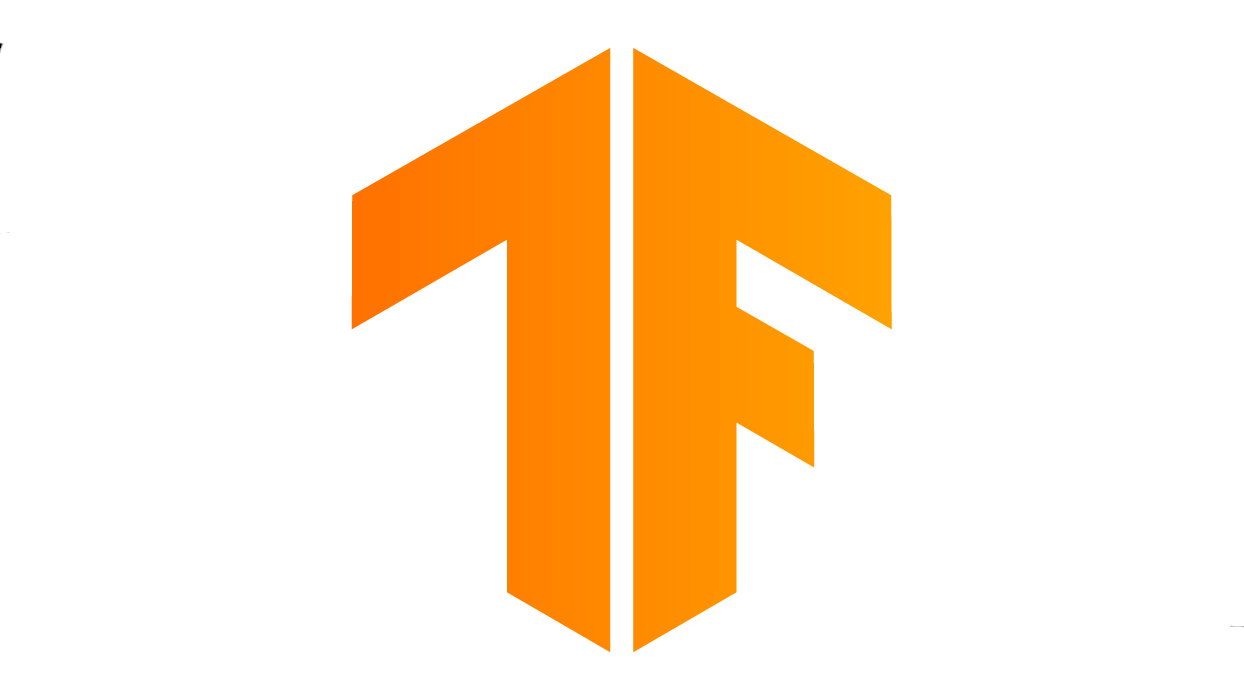可微分的圖形層。
import numpy as np import tensorflow as tf import trimesh import tensorflow_graphics.geometry.transformation as tfg_transformation from tensorflow_graphics.notebooks import threejs_visualization # Download the mesh. !wget https://storage.googleapis.com/tensorflow-graphics/notebooks/index/cow.obj # Load the mesh. mesh = trimesh.load("cow.obj") mesh = {"vertices": mesh.vertices, "faces": mesh.faces} # Visualize the original mesh. threejs_visualization.triangular_mesh_renderer(mesh, width=400, height=400) # Set the axis and angle parameters. axis = np.array((0., 1., 0.)) # y axis. angle = np.array((np.pi / 4.,)) # 45 degree angle. # Rotate the mesh. mesh["vertices"] = tfg_transformation.axis_angle.rotate(mesh["vertices"], axis, angle).numpy() # Visualize the rotated mesh. threejs_visualization.triangular_mesh_renderer(mesh, width=400, height=400)


